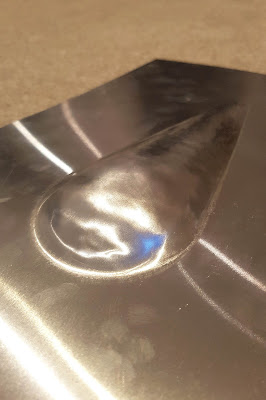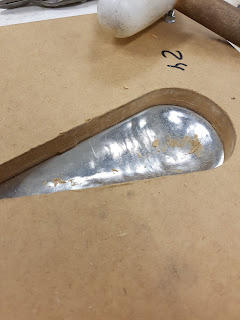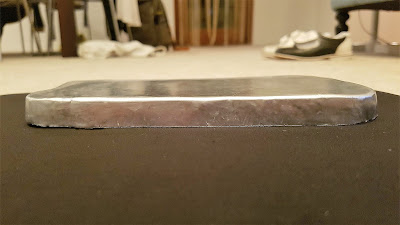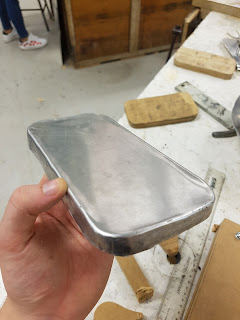Assignment 3 (Part 2)
Reflection- Bowls, Trays and Everyday Tools Industrial Design 1- Clamp Desk by Paul Coudamy and Benoit Coulondres. This takes the idea of a storage vessel, which would of traditionally been a tray or a bowl and adapts it for a modern workspace, taking into account privacy (closed box) and space (giving the ability for 3 dimensions to act as a surface/hanging). 2- Saucer by Eric Degenhardt beautifully shows what subtle raised edges can do to the versatility of a product. Here he takes it one step further and makes it the centerpiece of a product who's only purpose is to store. 3- My shallow bowl, In between the depth of a conventional bowl and the flat surface of a tray 4- This collection by Nendo aims to create a series of bowls that- due to how shallow they are- can be easily stored in tight modern living spaces thanks to the ability of being able to be hung. 5- Soe Cup Series by Hanna Kruse. A super interesting take (Japanese flower arrangi



